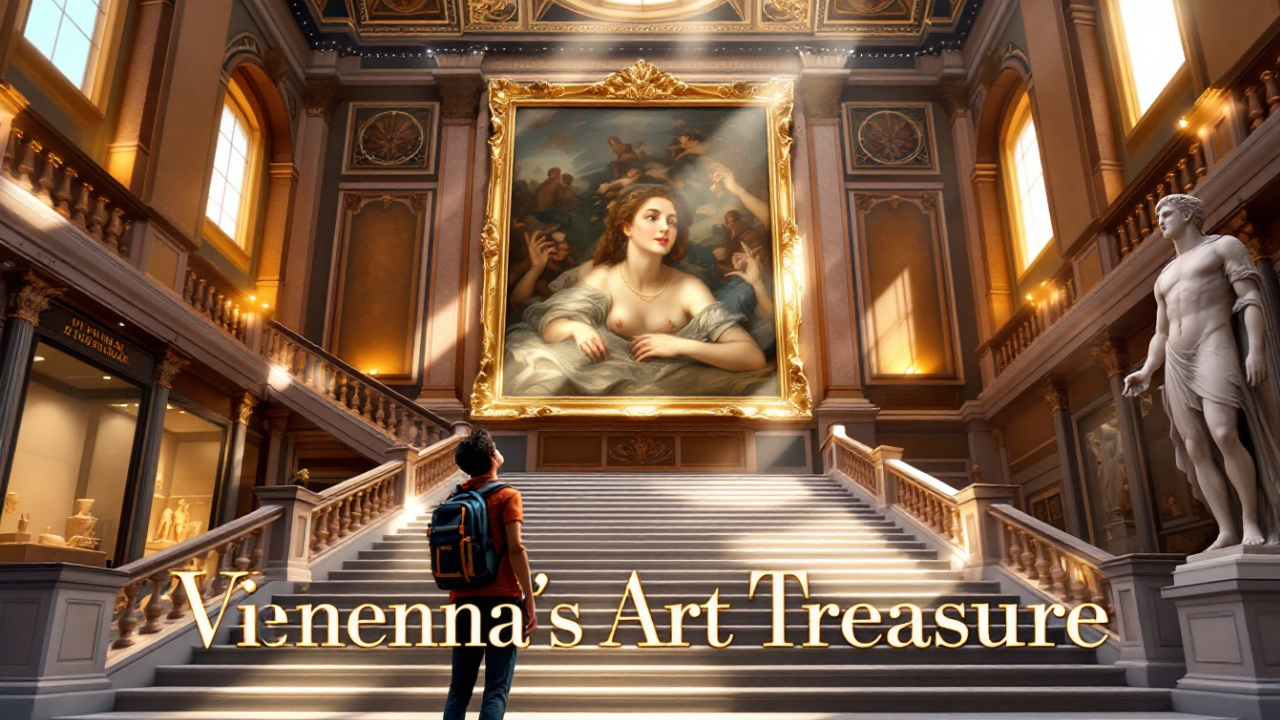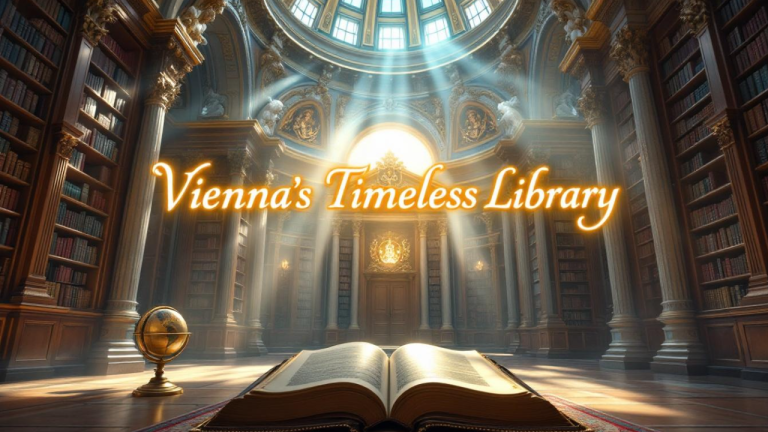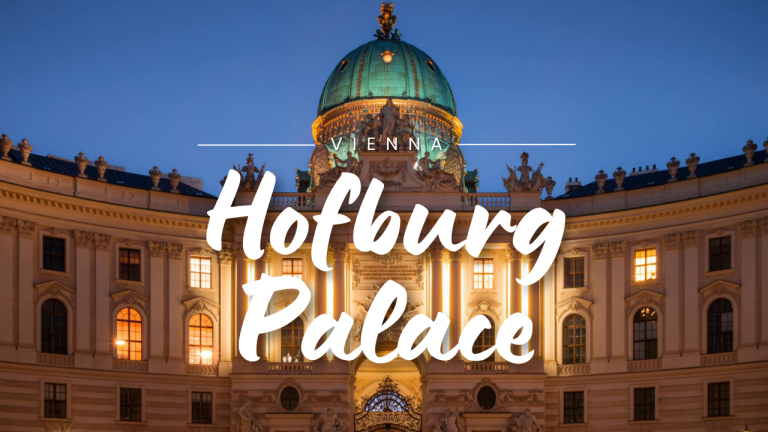Discovering Vienna’s Artistic Jewel: The Kunsthistorisches Museum 🎨✨

Tucked in the heart of Vienna, Austria’s majestic capital, lies one of the world’s most extraordinary art museums— the Kunsthistorisches Museum, or the Museum of Art History. From the moment you gaze upon its palatial facade, a blend of classical antiquity and Renaissance grandeur, you realize this is no ordinary museum visit. It’s a journey through centuries of creativity, ambition, and human connection. Step inside, and let’s explore why this iconic institution is a must-visit for art lovers and cultural travelers alike.
The Legacy of the Habsburgs: A Treasure Trove of Art
The story of the Kunsthistorisches Museum begins with the House of Habsburg, one of Europe’s most powerful royal families. Over centuries, they amassed a dazzling collection of art, antiquities, and rare treasures from across Europe, the Middle East, and the Far East. In 1891, Emperor Franz Joseph I commissioned this magnificent building to house their awe-inspiring collection, opening the doors to the public and making art accessible to all. This was one of the earliest efforts to democratize art—a revolutionary idea at the time.
The museum itself is a masterpiece, designed by Gottfried Semper and Karl Hasenhauer. With its Renaissance Revival and Baroque influences, the architecture exudes imperial majesty. From frescoed ceilings by Mihály Munkácsy to grand staircases and sweeping galleries, the space feels like a sacred temple of art. And perhaps it is, because as the museum so beautifully reminds us, art is a religion of the human spirit.
The Picture Gallery: A Walk Among Masters
At the heart of the Kunsthistorisches Museum is the Gemäldegalerie, or Picture Gallery, home to one of the most important collections of European paintings in the world. With over 800 masterpieces spanning the 15th to 18th centuries, this gallery is a time capsule of artistic genius.
📌 Highlights include:
- Peter Paul Rubens: His dramatic Baroque works, like “The Feast of Venus” and “The Fur,” vibrate with life and emotion.
- Diego Velázquez: The hauntingly realistic “Infanta Margarita Teresa” feels almost alive.
- Johannes Vermeer: “The Art of Painting” is a rare masterpiece that captures a moment of intimate creativity, drawing visitors from across the globe.
- Pieter Bruegel the Elder: The museum houses the largest collection of works by Bruegel. Iconic pieces like “The Tower of Babel” and “Hunters in the Snow” are not just paintings—they are profound narratives of human life, filled with metaphor and meticulous detail.
Standing before these works is a humbling experience. Their beauty, depth, and historical significance remind you of the enduring power of art to tell stories that transcend time.
Beyond Paintings: Ancient Civilizations and Curiosities
The Kunsthistorisches Museum is not limited to paintings; it’s a gateway to the ancient world and the wonders of human craftsmanship. The museum’s diverse collections span centuries and continents, offering something for every visitor.
📌 Must-visit sections include:
- Egyptian and Near Eastern Collection: Stand before 4,000-year-old sarcophagi, marvel at meticulously mummified cats, and decipher intricate hieroglyphs on ancient papyrus scrolls.
- Greek and Roman Antiquities: Explore marble statues of gods, mythological pottery, and shimmering mosaics that tell tales of ancient civilizations.
- The Kunstkammer: A Renaissance-era cabinet of curiosities filled with gold-plated clocks, ostrich egg goblets, and automated mechanical toys. It’s a whimsical yet profound display of human curiosity and ingenuity.
Each of these sections offers a glimpse into the past, immersing visitors in the stories and achievements of civilizations that shaped our world.
Why Visiting Feels Like a Spiritual Experience
Walking through the museum’s marbled halls isn’t just a visual feast; it’s an emotional journey. The silence that envelops you isn’t empty—it’s filled with awe. Every brushstroke, sculpture, and artifact whispers a story, connecting you to the artists and civilizations that came before.
Many visitors describe the museum as a place of reverence. Whether it’s the realization that these works have survived centuries of wars and revolutions or the simple beauty of human expression transcending time, the Kunsthistorisches Museum leaves a lasting impression. Here, you’re not just a spectator—you’re part of the art, interpreting and feeling its timeless messages.
A Cultural Gem in the Heart of Vienna
In a city brimming with cultural landmarks, the Kunsthistorisches Museum stands out as a beacon of artistic brilliance. Consistently ranked among the world’s top museums, it welcomed over 1.3 million visitors in 2019 alone—a testament to its global allure. With its blend of grandeur, intimacy, and historical significance, it rivals the Louvre, the Prado, and the Uffizi.
The museum also excels in its mission to educate and engage. Through temporary exhibitions, academic conferences, youth workshops, and family tours, it embraces visitors of all ages and backgrounds. It’s not just about preserving art; it’s about fostering a dialogue that keeps it alive and relevant.
Final Thoughts: A Visit to Remember
If you ever find yourself in Vienna, make the Kunsthistorisches Museum your first stop. More than a museum, it’s a mirror of human aspiration, a temple of memory, and a celebration of creativity. From baroque masterpieces to ancient treasures, every corner of this institution inspires awe and wonder.
So, take your time to walk through its galleries, marvel at its treasures, and let the stories of the past speak to you. Because in the words of the museum itself, “We were here. We mattered. We created. And through this, we are remembered.”
What masterpiece are you most excited to see at the Kunsthistorisches Museum? Share your thoughts in the comments below! 🌟






